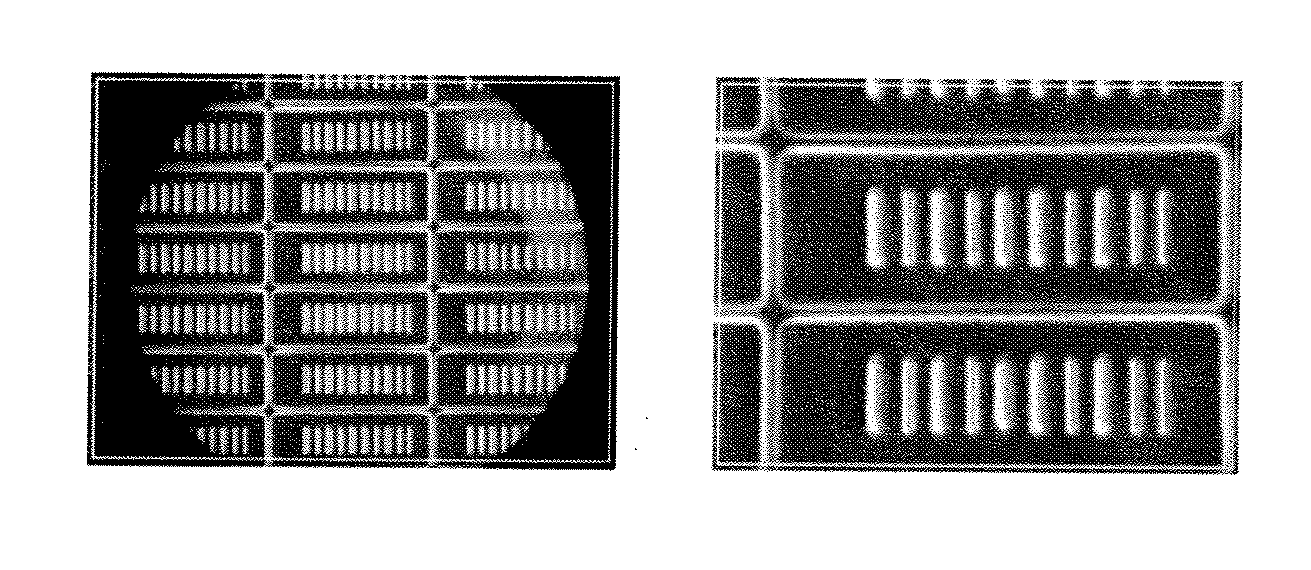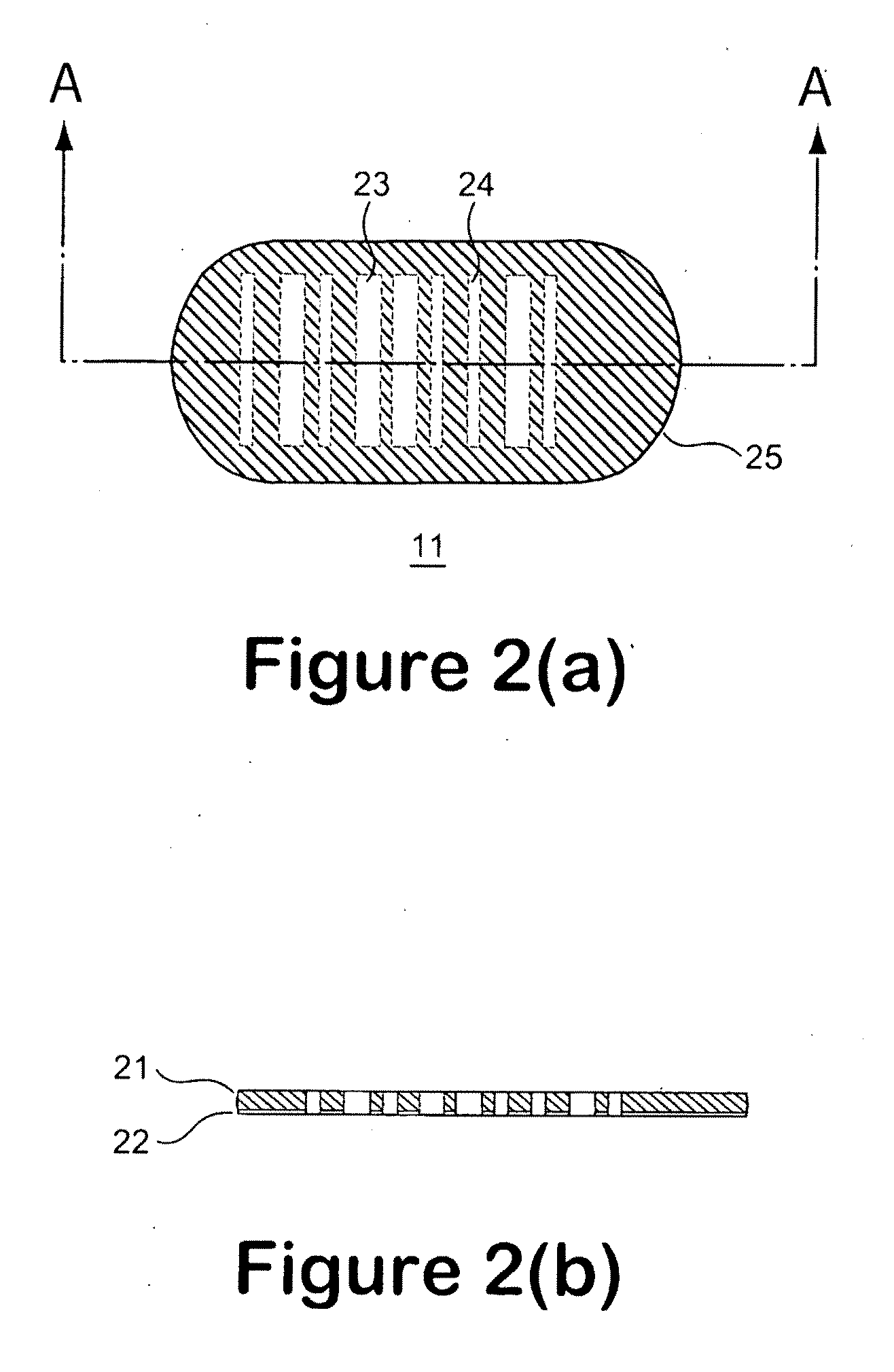Light Transmitted Assay Beads
a light-transmitted assay and beads technology, applied in the field of assay beads, can solve the problems of insufficient sample amounts or non-uniform distribution over the chip surface, inability to detect barcodes, inconvenient operation, etc., and achieve the effect of rapid detection rate and rapid detection of fluorescence beads
- Summary
- Abstract
- Description
- Claims
- Application Information
AI Technical Summary
Benefits of technology
Problems solved by technology
Method used
Image
Examples
Embodiment Construction
[0036]The present description is of the best presently contemplated mode of carrying out the invention. This description is made for the purpose of illustrating the general principles of the invention and should not be taken in a limiting sense. The scope of the invention is best determined by reference to the appended claims.
[0037]For purposes of illustrating the principles of the present invention and not by limitation, the present invention is described herein below by reference to a micro bead that is in the shape of a pallet, and by reference to bioanalysis. However, it is understood that the present invention is equally applicable to micro beads of other overall geometries, and which are applied for other applications requiring identification based on the identity of the beads, without departing from the scope and spirit of the present invention. To facilitate discussion below, the micro bead of the present invention is referred to as a LITAB, which stands for a light transmit...
PUM
| Property | Measurement | Unit |
|---|---|---|
| diameter | aaaaa | aaaaa |
| diameter | aaaaa | aaaaa |
| width | aaaaa | aaaaa |
Abstract
Description
Claims
Application Information
 Login to View More
Login to View More - R&D
- Intellectual Property
- Life Sciences
- Materials
- Tech Scout
- Unparalleled Data Quality
- Higher Quality Content
- 60% Fewer Hallucinations
Browse by: Latest US Patents, China's latest patents, Technical Efficacy Thesaurus, Application Domain, Technology Topic, Popular Technical Reports.
© 2025 PatSnap. All rights reserved.Legal|Privacy policy|Modern Slavery Act Transparency Statement|Sitemap|About US| Contact US: help@patsnap.com



